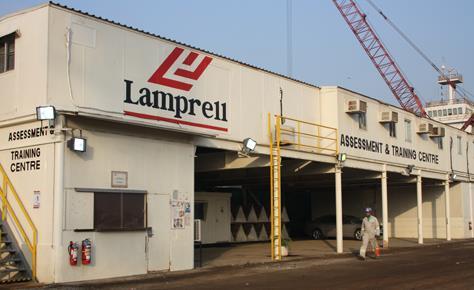
“Put simply, a just transition is about moving to an environmentally sustainable economy (that’s the ‘transition’ part) without leaving workers in polluting industries behind,” says NGO Greenpeace
“It aims to support good quality jobs and decent livelihoods when polluting industries decline and others expand, creating a fairer and more equal society – that’s what makes it ‘just’.”
I think that’s clear enough.
But try looking up on Google what the term “just transition” means and you’ll find all sorts…
“For a just transition to be just, fair and inclusive, political decision makers are required to provide the necessary framework in terms of policies, incentives as well as securities to guarantee continuity and sustainability, by: Facilitating inclusive and participatory decision-making through Multi-Actor Partnerships.”
Eh?
Whatever, it begs the question, is Scotland’s just transition – or indeed the wider UK’s equivalent, “levelling up” – already a joke?
Well, I’ll tell you who has just lost in the Scottish UK just transition farce: hundreds of offshore fabrication worker hopefuls around the Cromarty Firth, in Fife or indeed elsewhere in the UK.
Scotland has, after a fashion, been on the renewables journey for more than 20 years but, other than being quite successful at planting turbines on- and offshore, really doesn’t have much to show for it.
Little wonder give the latest failure to win any credible engineering and fabrication contracts for a major offshore windfarm in our waters.
And no wonder GMB Scotland senior organiser Gary Cook went off the deep end when a major contract worth more than £150million for 62 turbine jackets and associated transition pieces and other equipment destined for the Moray West offshore windfarm was grabbed by Lamprell in the UAE.
Lamprell will also be responsible for shipping the structures to a marshalling harbour in the UK.
This piece of work is completely outwith the UK sphere of capabilities so a British company couldn’t have won that anyway.
We simply do not possess ships capable of carrying out that kind of work, let alone own out of these islands vessels capable of actually planting the turbines (WTIVs).
As reported by us, Cook said: “A big chunk of the renewables jobs bonanza promised by the Scottish Government over a decade ago has disappeared into the desert wind.”
Moray West is being developed by Ocean Winds, which is a 50-50 joint venture between Spain’s EDP Renewables (EDPR) and France’s ENGIE. It is an excellent example of the foreign giveaway bonanza that is being fostered by Westminster, Holyrood and Crown Estate/Crown Estate Scotland.
Now, as also reported by Energy Voice, Lamprell is currently building a fat wind contracts book counted in the billions of dollars.
It is grabbing business that should be staying at home; but isn’t. It is setting up a production line to rival the best that the EU can offer and the Danes, Dutch and Germans aren’t sluggards whereas we are.
And repeated promises of a green jobs revolution have simply served to rub salt into the wound.
It seems the best we can hope for is a posh regional HQ building somewhere for the local suits; oh and some token grunt level steelwork handed out as a token. Moray East’s offices are on the Fraserburgh waterfront.
Unless of course, Global Energy Group (GEG) and Haizea Wind Group get lucky.
Late last year they signed an agreement to build an offshore wind tubular rolling factory at Nigg on the Cromarty Firth called Nigg Offshore Wind.
If any company in Scotland deserves to succeed in large scale wind turbine tower, transition and foundation components, it is surely GEG, the driving force of which remains the MacGregor family of Invergordon.
There is of course a UK rival in the shape of Harland & Wolff with four sites, two of them in Scotland.
The home yard in Belfast has two of the largest drydocks in Europe whilst Arnish apparently boasts the largest fabrication hall. Then there is Methil in Fife, which has had a terrible several years.
Late last year, H&W crowed that a contract awarded by Saipem for the fabrication and load-out of eight wind turbine generator (WTG) jacket foundations was big. Reality is that it is pitifully small in the grand scheme of wind things.
The GMB is clear; the UK risks squandering a major economic benefit by allowing most of the towers, transition pieces and foundations required for its offshore wind boom to be fabricated in Asia and the Middle East, and ALL turbine power heads in Europe and Asia-Pac.
Naturally the Scottish Government gets defensive, claiming that supporting and monitoring green jobs through initiatives like the Just Transition Fund for the North East and Moray, plus the Green Jobs Fund, will be key instruments in helping Scotland to secure a truly just transition to net zero, with no person or region left behind.
Regrettably, I’m not holding my breath.
Recommended for you
